Blue Carbon
The findings of Sea Grant-supported researchers contribute to the knowledge of resource managers and other decision-makers so they can be more informed about conservation and restoration options appropriate for a changing world.
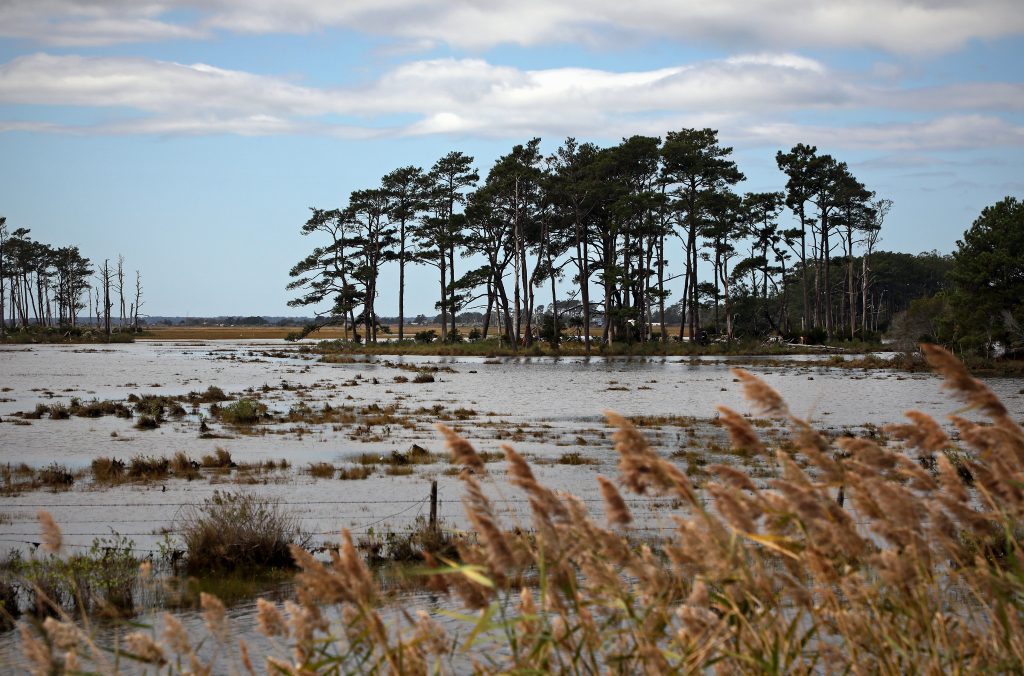
Meet the Experts





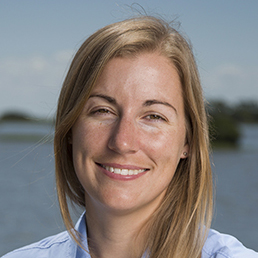








Featured Blue Carbon Research
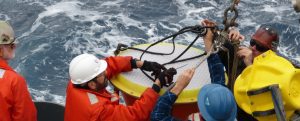

Better Understanding of Phytoplankton in Ocean Carbon Cycle Informs Regional Climate Modelers
Oregon Sea Grant-funded Coastal Resilience Work Uncovers Rates of Sediment Supply and Blue Carbon Burial in Tidal Wetlands
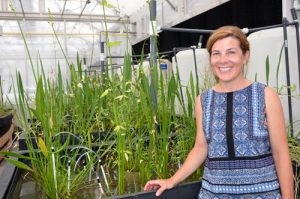

LSU Research Team Examines Blue Carbon Capacity of Louisiana Marshes with Implications for Restoration


MIT Sea Grant Develops New Water Quality Monitoring Technology
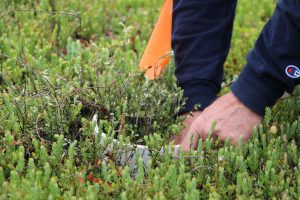

MIT Sea Grant Informs and Improves 600-acre Coastal Wetland Restoration
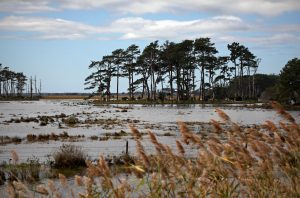

Researcher Examines Best Practices for Managing Biodiversity and Blue Carbon in the Face of Barrier Island Migration and Sea Level Rise
Blue Carbon News


Connect virtually with Sea Grant at Restore America’s Estuaries & Coastal States Organization’s 2020 Summit
Network with Sea Grant colleagues and learn the latest in coastal restoration and management during Restore America’s Estuaries’/Coastal States Organization’s National Coastal & Estuarine Summit, held virtually September 29 – October 1, 2020.
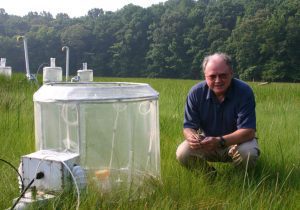

Research Informs Management of Phragmites in Marshes
Maryland’s coastal wetlands provide diverse ecosystem services for the Chesapeake Bay region, reduce flooding risks, and help to improve local water quality. These natural communities, however, also face threats from rising sea levels and invasive species. Of particular concern is the non-native reed Phragmites australis, which has displaced native marsh grasses in many Mid-Atlantic wetlands in recent decades. To inform the management of this invasive reed, Maryland Sea Grant funded research to better understand how climate change might affect the growth of Phragmites populations around Chesapeake Bay.